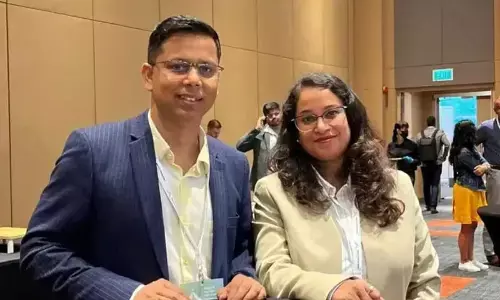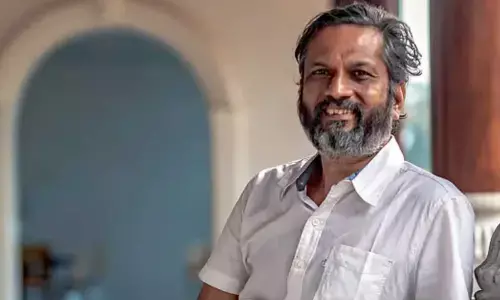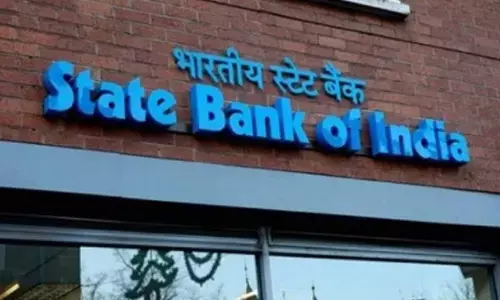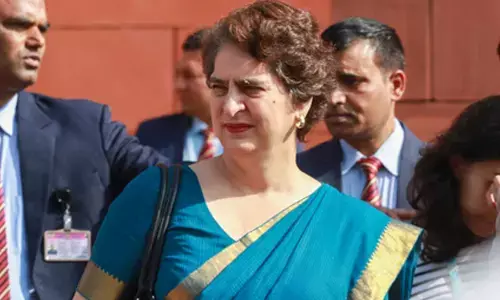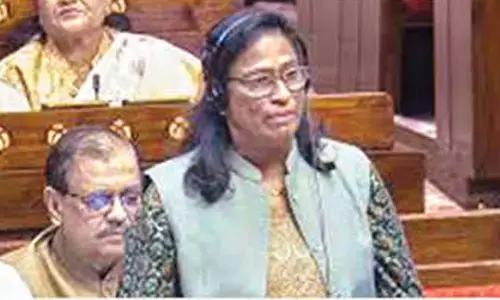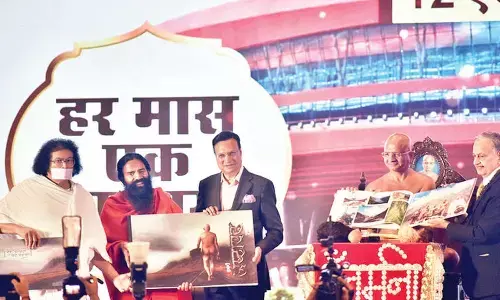Vvip accessibility then and now
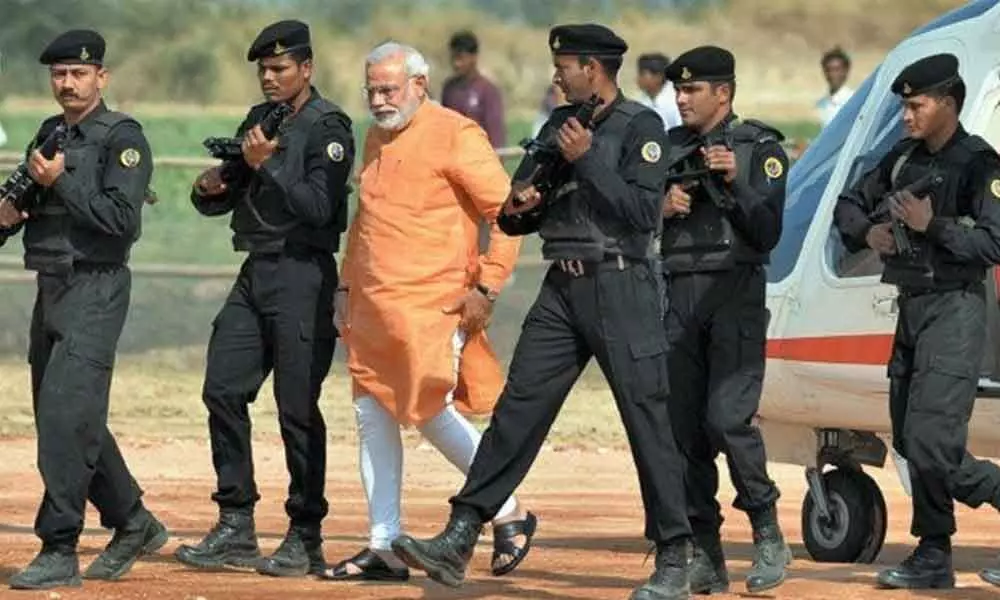
Vvip accessibility then and now
The incident on January 5 concerning the ‘breach’ in the PM’s security cordon while he was on his way to Ferozepur brings to mind the manner in which accessibility issues of high dignitaries have evolved ever since our independence.
The incident on January 5 concerning the 'breach' in the PM's security cordon while he was on his way to Ferozepur brings to mind the manner in which accessibility issues of high dignitaries have evolved ever since our independence.
Of the several movies that I watched during my childhood, I vividly remember the Hindi one Ab Dilli Door Nahin for a particular reason. Its underlying message was that even the poor and helpless persons could approach the then Prime Minister, Pandit Nehru, with their genuine grievances and he would ensure instant justice.
The storyline ran something like this: A young boy's father is falsely implicated in a murder case. The innocent child is convinced that if he could meet Chacha Nehru, his innocent father would be released. After a series of adventures, the boy is able to hand over his petition to Nehruji. In the next frame, we see the happy reunion between the now acquitted father and the boy.
Scoffers may dismiss the plot as mere fiction; but then, in those days, even the common public had easy access to the Teen Murti House, the official residence of the then Prime Minister. A few lucky ones could even interact with the great man.
Then, there were no multiple layers of security. In this context, I recall an instance related by a family friend. He was about to enter the main building, when Mrs. Indira Gandhi spotted him. She signaled to him to come into a side room. There she gave him a freshly ironed set of clothes and asked him to don these so that he would look more presentable before the Prime Minister.
Such was the aura of the PM's House in those days. Today, due to security and other considerations, one cannot find such scenarios. A charitable explanation for this is that, after the assassination of Indira Gandhi in 1984, the concerned authorities can no longer afford to put the lives of such VVIPs in jeopardy. Also, the status of a public figure can now be gauged by the category of security personnel hovering around that person at all times.
The distancing of public figures from the general public can also be noticed from the motorcades. Earlier, such persons could be seen waving to their admirers as they drove down the roads. Now, a VVIP movement is marked by the public being kept far away from the route that person is taking. Also, the few bystanders, like government employees, working in the office which the VVIP is visiting, are made to stand with their backs towards the motorcade.
In the recent incident a few days ago, no such precaution were in place. Instead, the route seemed to have become a sort of 'open house' for those who sought to block the PM's route. No efforts seemed to have been made to evict the encroachers. Forget, the reasons for what actually happened on that day or may recur in the future, yours truly is left silently humming these lines from the song in the Hindi movie, Guide, 'Kya se kya ho Gaya.'








